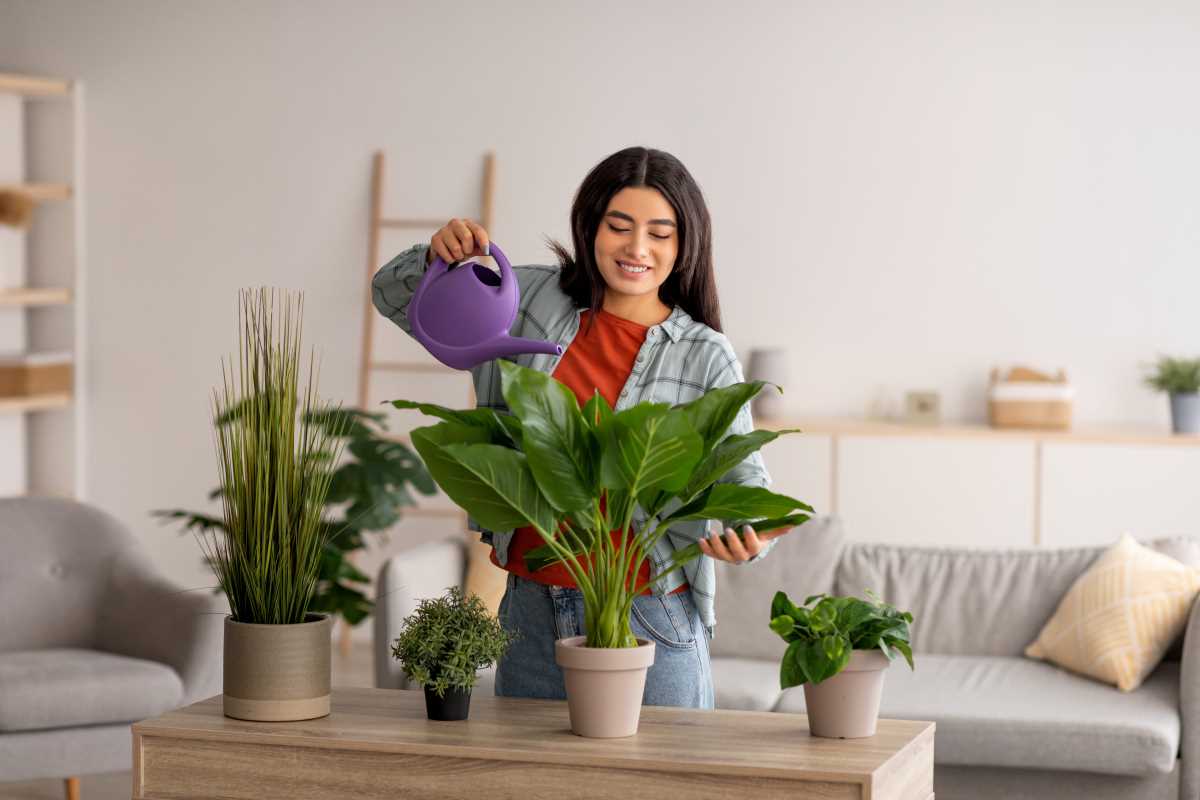Picture yourself waking up to the delightful scent of fresh basil or cilantro wafting through your kitchen, while taking pride in your contribution to a healthier planet. Creating a zero-emission indoor herb garden not only offers a fulfilling pastime but also stands as a sustainable decision that beautifully complements an eco-friendly way of living. By creatively repurposing recycled pots and making the most of natural light, you can nurture a thriving herb garden. This mindful practice not only reduces your carbon footprint but also enhances the vibrancy and atmosphere of your home, making it both a greener and more aromatic sanctuary.
Benefits of Indoor Herb Gardening
Indoor herb gardening offers a multitude of advantages that go beyond just having fresh herbs at your fingertips:
- Environmental Impact: Reduces the need for plastic packaging and long-distance transportation of herbs, lowering your carbon footprint.
- Air Quality Improvement: Herbs like basil and mint release oxygen and absorb carbon dioxide, enhancing indoor air quality.
- Health Benefits: Fresh herbs are rich in nutrients and can enhance the flavor of your meals without added sodium or preservatives.
- Mental Well-being: Gardening activities reduce stress and increase overall happiness.
- Educational Value: Provides an excellent opportunity to learn about plant biology and sustainable living practices.
Choosing the Right Herbs
Selecting the appropriate herbs for your indoor garden is crucial for success. Consider the following factors when making your choices:
First, assess the lighting conditions in your home. Some herbs require more sunlight, while others thrive in lower light environments. Think about the space you have available and how much maintenance you are willing to commit to. Herbs like parsley, chives, and thyme are generally low-maintenance and adaptable to various indoor settings.
Popular herbs for indoor gardening include:
- Basil: A versatile herb that thrives in warm, sunny spots.
- Mint: Hardy and fast-growing, perfect for adding a burst of flavor to drinks and dishes.
- Rosemary: Prefers bright light and has a strong aroma that enhances any kitchen.
- Cilantro: Ideal for adding a fresh taste to salads and Mexican cuisine.
- Thyme: Low-maintenance and excellent for a variety of culinary uses.
Recycled Pots: A Sustainable Choice
Choosing recycled pots for your indoor herb garden promotes sustainability. These recycled pots reduce waste by repurposing materials and add a unique aesthetic to your home. You can find recycled pots made from materials like plastic, glass, and even metal, each offering different benefits for your herbs' growth. Using recycled containers often means you give new life to items that would otherwise end up in landfills, supporting the circular economy and reducing overall environmental impact.
When selecting recycled pots, ensure they have proper drainage to prevent water from accumulating and harming your plants. Consider containers with varying sizes to accommodate different herb growth rates and root systems. By opting for recycled pots, you make an environmentally responsible choice that complements your zero-emission gardening goals.
Maximizing Natural Light
Harnessing natural light is essential for the health and growth of your indoor herbs. Here are some effective methods to ensure your garden receives ample sunlight:
- Positioning: Place your herb garden near south or west-facing windows to capture the most sunlight throughout the day.
- Reflective Surfaces: Use mirrors or light-colored walls to bounce additional light onto your plants.
- Rotate Plants: Turn your pots regularly to ensure all sides of the plants receive equal light exposure.
- Clean Windows: Keep your windows clean to maximize the amount of natural light entering your space.
- Pruning: Trim any excess foliage that might block light from reaching the lower parts of the plants.
If natural light is limited, consider supplementing with energy-efficient LED grow lights. Position the lights at an appropriate distance from your herbs to mimic natural sunlight and promote healthy growth without significantly increasing your energy consumption.
Maintenance Tips for a Flourishing Herb Garden
Maintaining your indoor herb garden requires consistent care to ensure your plants remain healthy and productive. Here are some essential tips:
Watering: Herbs generally prefer well-drained soil. Water them when the top inch of soil feels dry, but avoid overwatering, which can lead to root rot. Use recycled watering containers to minimize environmental impact further.
Pruning: Regularly trim your herbs to encourage bushier growth and prevent them from becoming leggy. Harvesting leaves and stems not only provides you with fresh herbs but also stimulates the plants to produce more foliage.
Pest Control: Keep an eye out for common indoor pests like aphids and spider mites. Use natural remedies such as neem oil or insecticidal soap to address infestations without resorting to harmful chemicals.
Soil Health: Use organic potting soil and consider adding compost to provide essential nutrients. Rotate the herbs periodically to ensure even nutrient distribution and prevent soil depletion.
Temperature and Humidity: Maintain a stable indoor temperature and humidity level to support optimal plant growth. Most herbs thrive in temperatures between 65-75°F (18-24°C) and moderate humidity levels.
By following these maintenance practices, you'll ensure that your zero-emission indoor herb garden remains vibrant and productive, providing you with fresh, homegrown flavors while supporting your commitment to sustainability.
Creating a zero-emission indoor herb garden is fulfilling and eco-friendly. By choosing suitable herbs and using recycled materials, you can enjoy fresh flavors while supporting a healthier planet. Begin your sustainable gardening journey today and reap the benefits!
 (Image via
(Image via





